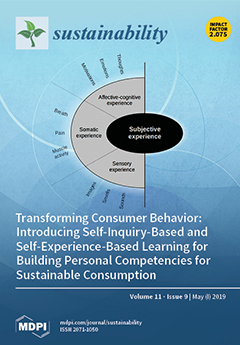In order to reduce vehicle emitted greenhouse gases (GHGs) on a global scale, the scope of consideration should be expanded to include the manufacturing, fuel extraction, refinement, power generation, and end-of-life phases of a vehicle, in addition to the actual operational phase. In
[...] Read more.
In order to reduce vehicle emitted greenhouse gases (GHGs) on a global scale, the scope of consideration should be expanded to include the manufacturing, fuel extraction, refinement, power generation, and end-of-life phases of a vehicle, in addition to the actual operational phase. In this paper, the CO
2 emissions of conventional gasoline and diesel internal combustion engine vehicles (ICV) were compared with mainstream alternative powertrain technologies, namely battery electric vehicles (BEV), using life-cycle assessment (LCA). In most of the current studies, CO
2 emissions were calculated assuming that the region where the vehicles were used, the lifetime driving distance in that region and the CO
2 emission from the battery production were fixed. However, in this paper, the life cycle CO
2 emissions in each region were calculated taking into consideration the vehicle’s lifetime driving distance in each region and the deviations in CO
2 emissions for battery production. For this paper, the US, European Union (EU), Japan, China, and Australia were selected as the reference regions for vehicle operation. The calculated results showed that CO
2 emission from the assembly of BEV was larger than that of ICV due to the added CO
2 emissions from battery production. However, in regions where renewable energy sources and low CO
2 emitting forms of electric power generation are widely used, as vehicle lifetime driving distance increase, the total operating CO
2 emissions of BEV become less than that of ICV. But for BEV, the CO
2 emissions for replacing the battery with a new one should be added when the lifetime driving distance is over 160,000 km. Moreover, it was shown that the life cycle CO
2 emission of ICV was apt to be smaller than that of BEV when the CO
2 emissions for battery production were very large.
Full article





